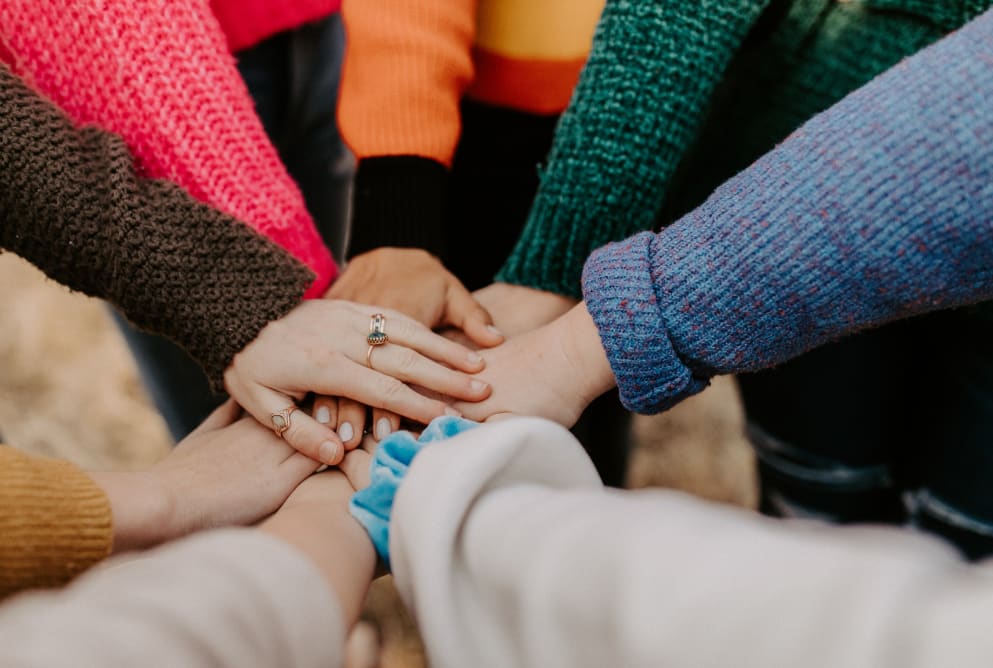On 23rd June 2021, I was pleased to hold our #Get2KNowCoPro social media takeover day. Our aim was to help you get to know more about co-production. Did you tune in? If not, you can follow the conversations from the day here. I hope it left you wanting to know even more about co-production.
As I reflect on the day, I find that the main theme, that came up again and again, was how to make co-production work. In this blog, I’m discussing how we get co-production right, as inspired by your questions from the social media takeover day.
Making co-production work
We had fantastic questions about co-production put to us during the social media takeover day. I found that all your questions helped us ponder how we can make co-production work. To practice co-production effectively, we need to be prepared to challenge judgements, use inclusive language and work with the local community.
Challenge judgements.
Involving clients is central to co-production. But, how do we make sure our organisation is an open and inclusive place for people with lived experience? This makes me think of something I faced when I was freshly employed by probation. In my first week at work, I overheard a conversation between two employees. They were discussing my employment, as well as that of a few other individuals with lived experience. They described our appointments as “handing over the keys of the asylum to the lunatics”.
Co-production is all about diversity and elevating the voices of our clients. People with lived experience should feel comfortable taking part. In my own experience of facing judgement from colleagues, I was able to challenge the situation using the policies and procedures embedded in the organisation. When we put co-production into practice, we should ensure policies and procedures are understood and clients feel confident using them to challenge other’s judgement.
Use language for all.
Another issue people have when implementing co-production is language. Organisations will often invite clients to meetings that use language, terminology and acronyms that even we as professionals struggle with. How do we support people in this situation? And, more importantly, how do we support them to be the best that they can be? There is no blanket approach. Each person is different and what works for one person won’t work for everyone. When practicing co-production we have to support each person in a personal manner and find what works for them.
Involve the community.
Finally, effective co-production must have a relationship with the wider community. Why? Because our work has the potential to impact the community. For example, we may help someone who was homeless and used to shoplift or behave anti-socially get a house. By supporting them to maintain their tenancy, leading them to change their anti-social behaviour, we positively impact the community.
By working with communities, we can also improve their understanding of issues such as homelessness, addiction and mental health. This can have a huge impact on our work. If the community knows more about homelessness, what’s to say they won’t support us by making us aware of someone in need of our help?
I hope blog post gives you with a little more to think on when it comes to getting to know co-production. Tune in for our next social media takeover coming soon! Perhaps the subject will take you somewhere you’ve not been before?
Until then, why not checkout our co-production Q&A on Youtube?
Scotty
